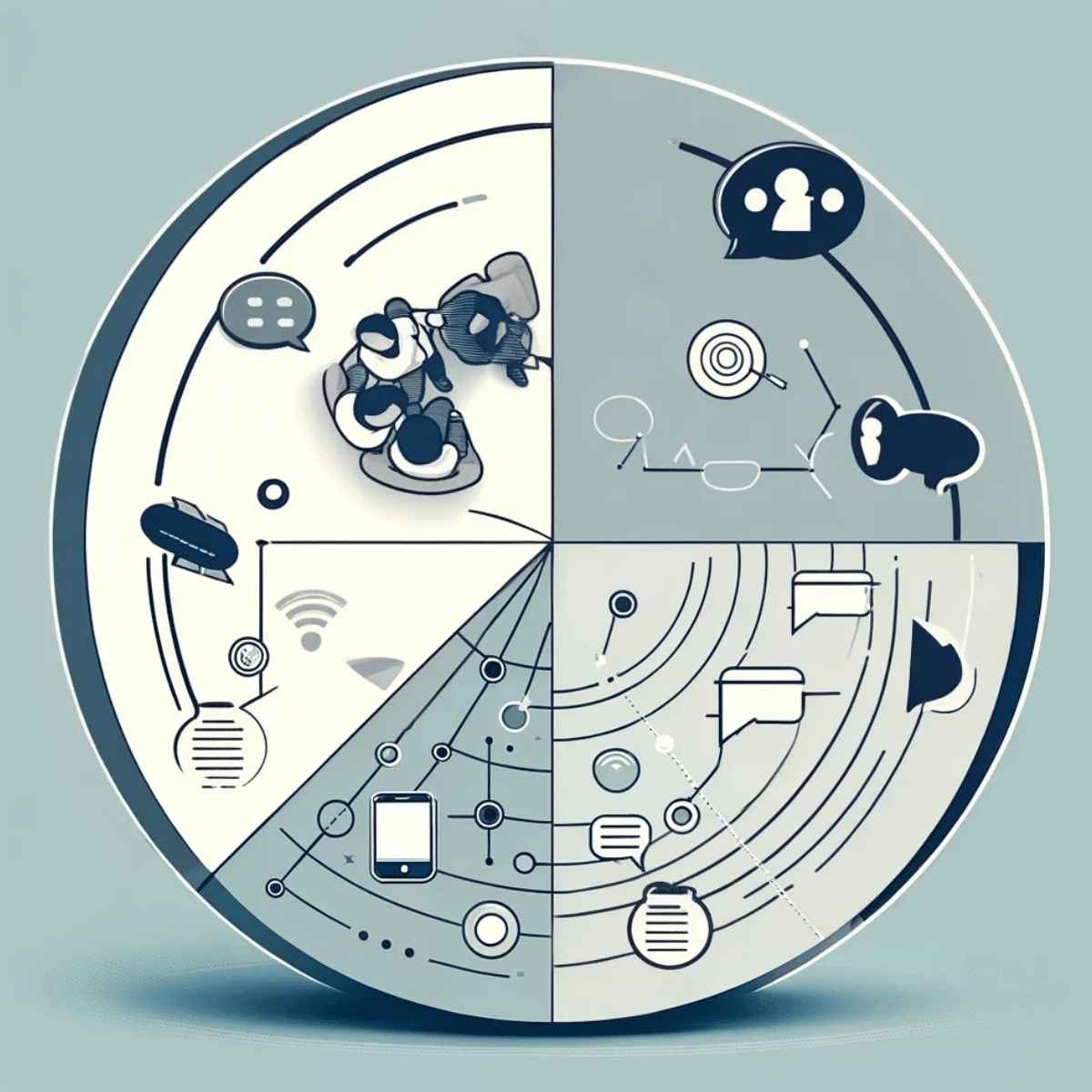How to Run Effective and Productive Team Meetings
Let’s face it. Nobody likes internal meetings. They can be unnecessary and unproductive, leaving employees wishing they could get that hour of their lives back.
Would you believe it if we told you that when structured properly, team meetings can actually be the single most effective habit to drive engagement and efficiency within your business?
Better Meetings for Better Communication
86% of employees believe that miscommunication is the biggest cause of workplace failures. Several business leaders attempt to tackle the communication problem by piling on the meetings. This is where they get it wrong. Having more meetings is not the answer to better communication. Making the meetings themselves better is key.
Team meetings must be structured to drive engagement, creativity, and results. Adopting improved meeting habits will enhance collaboration and communication, stop wasting time, and ultimately enhance performance.
Below are ten tips to flip the script on your team meetings and use them to maximize organizational success.
- Set Clear Goals and Objectives
Every successful meeting starts with a clear goal or objective. Before scheduling a team meeting, ask yourself: What do you hope to achieve? Do you want to solve a problem, plan a timeline, discuss a challenge, or brainstorm ideas?
Clearly define the purpose of the meeting and ensure that it aligns with the overall goals of the team and the organization. This clarity will not only guide the meeting agenda but also motivate team members and create a sense of purpose.
Don’t forget to inform all participants of the purpose of the meeting. This may seem obvious, but can easily be overlooked. Team members need to understand what the goal is, why they’re there, and how they will contribute.
- Create a Well-Structured Agenda
Once you have identified the goal of the meeting, create a well-structured agenda. The agenda serves as a roadmap for the meeting, ensuring that discussions stay focused and on track.
Share the agenda with participants in advance, allowing them to come prepared and contribute meaningfully to the discussions. Be sure to allocate specific time slots for each agenda item, considering the importance and complexity of the topics. By having a clear and organized agenda, you can make the most of the meeting time and avoid unnecessary tangents.
- Determine the Right Participants
Inviting the right participants is crucial for the success of a team meeting. How many times have you been invited to a meeting only to learn that the topic has nothing to do with your role?
Ensure that you only invite individuals who have a direct stake in the topics being discussed. Anyone else can be easily filled in after the meeting. This will help maintain relevance and prevent participants from feeling like their time is being wasted.
- Assign A Meeting Facilitator
Assigning a meeting facilitator to run the meeting will enhance efficiency. The facilitator should be responsible for ensuring the meeting starts and ends on time, conversations remain productive and fruitful, and everyone has a chance to participate.
Tip: Encourage across-the-board participation by having team members take turns as facilitator.
- Foster Active Participation
Assigning facilitators is just one of many ways to encourage participation.
Create a safe and inclusive environment where everyone feels comfortable sharing ideas, concerns, and perspectives. Use techniques such as round-robin discussions, brainstorming sessions, and open-ended questions to engage participants.
Actively listen to participants’ inputs, validate their contributions, and build upon their ideas. Encouraging active participation will allow you to tap into the collective intelligence of the team and unleash their creativity and problem-solving capabilities.
- Manage Time Effectively
Time management is critical for running efficient team meetings. Start the meeting on time and adhere to the agenda’s time allocations. If discussions start to deviate or become too lengthy, redirect the conversation back to the agenda items.
Consider using a “parking lot” technique to capture off-topic ideas or issues for future discussion. Set clear expectations regarding the meeting’s duration and ensure that all agenda items are covered within the allocated time. By managing time effectively, you demonstrate respect for participants’ time and maintain their engagement throughout the meeting.
- Encourage Decision-Making
Team meetings should be a platform for decision-making. Clearly define the decision-making process, whether it’s through consensus, majority vote, or the final decision resting with a designated individual.
Ensure that all participants understand their roles in the decision-making process, whether it’s providing input, offering recommendations, or ultimately making the final call. Encourage open and respectful debate, allowing different perspectives to be heard. Once decisions are made, clearly communicate the outcomes, action items, and responsibilities to ensure accountability and follow-through.
- Utilize Technology
Technology such as software for meetings can greatly enhance the effectiveness of team meetings. You are probably already using Zoom or Microsoft Teams for hybrid meetings, but additional software can help optimize your meetings and ensure their effectiveness.
The Align software includes built-in meeting tools with different templates for various types of meetings, including one on one’s, team meetings, and target reviews. Project management components and dashboards can additionally help track action items, deadlines, and progress, ensuring that discussions translate into tangible results.
- Reflect and Continuously Improve
After each team meeting, take the time to reflect and gather feedback from participants. What worked well? What could be improved?
Use this feedback to continuously refine your meeting processes. Adjust the agenda, meeting structure, or facilitation techniques based on the feedback received.
By actively seeking input and iterating on your approach, you can create a culture of continuous improvement and ensure that each meeting becomes more effective and valuable over time.
- Foster a Positive Meeting Culture
Creating a positive meeting culture is vital for engagement and productivity. Ensure that meetings are seen as valuable and meaningful by creating an atmosphere of respect, collaboration, and inclusivity. Acknowledge and appreciate team members’ contributions, fostering a sense of belonging and safety.
Encourage constructive feedback and open communication, allowing for healthy debate and diverse perspectives. By fostering a positive meeting culture, you create an environment where team members actively participate, share their ideas, and drive collective success.
Conclusion
Running effective and productive team meetings is essential for driving collaboration, innovation, and success in any organization. Remember, team meetings should be a platform for meaningful discussions and collective growth. With these best practices in place, you can transform your team meetings into powerful catalysts for success.
To learn how Align’s meeting tools and habit-building features can help improve your team meetings and enable your team to hit its goals, book your demo today.





